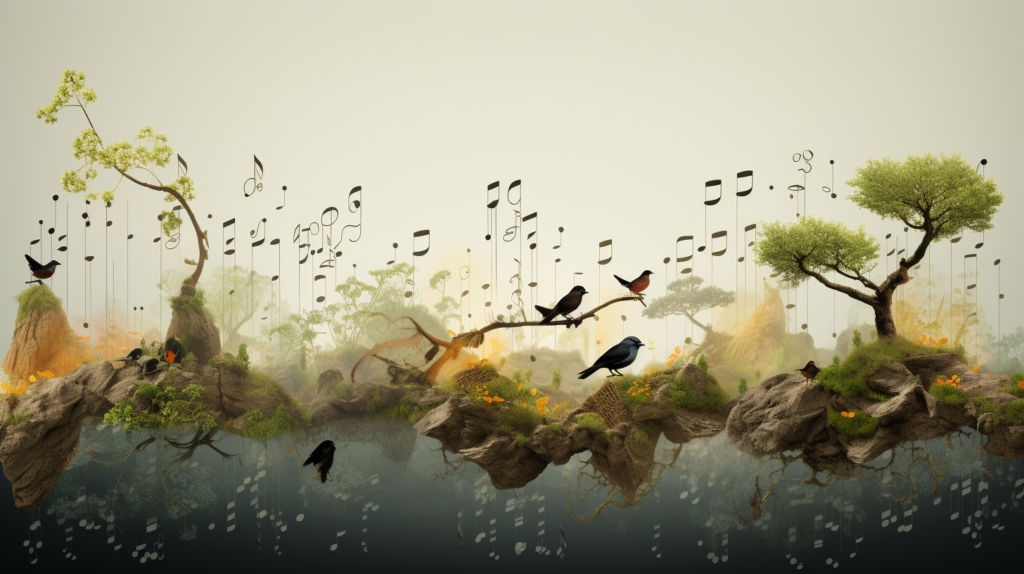Squeeze every last drop out of GMaudio Squeeze!
Squeeze every last drop with GMaudio GMaudio Squeeze is a Multi-band Upward Compressor. Its effects can range from normalization and loudness enhancement, to complete sonic

There’s no getting around it, mixing electronic music is hard!
In this first article I want to highlight what exists when we experience sound, while presenting ideas for bringing your music to life!
Firstly, we are dealing with instruments or samples that do not have a context or environment and it’s our job to create, or at least give an impression that a context or environment exists. For example, we might use a loop or sample that repeats, but in the natural world nothing is exactly the same, the entropy of our existence means that everything is constantly changing. To remedy this we add sounds that are constantly evolving alongside repeating sounds, or constantly change which sounds are repeating to imply that the sounds themselves are not static, all in an effort to trick our brains into believing that the music is real.
Have you seen this trick!? Use it to create interesting drones.
Another problem is that when we experience sound we are not exempt from an acoustic space. Therefore, if our goal is to create music that we can experience as real, then having all sounds exist within an acoustic space would be an effective solution. By this, I mean adding reverb to all sounds in a very delicate manner. More often than not we are in an acoustic space that has a reverb time of roughly half a second, it could reflect more or less high or low frequency energy, but it will always be stereo and evolving, as is any human auditory experience. By applying an indiscernible amount of similar reverb we can effectively make our sounds feel more real.
We can still add enormous and unrealistic reverbs to our music, even natural spaces can sound quite alien to us if we are not used to it, but this ambience style reverb provides a solid foundation for us to build upon and also provides further opportunity for creative expression or implying the music’s context or environment.
I currently only have 1 ambience preset in my Preset Pack, with more being added soon.
Speaking of isolation and experiencing sound, what about silence? Does it really exist? Human experience involves a number of sensory inputs and our brains determining what’s important. How do we know that removing one of those inputs won’t create an unnatural experience? When sitting in a silent room there are still a number of sounds present, the rustle of our clothing, the hum of an air conditioner, life bustling outside and electrical energy coursing through various circuits, all of which we can describe as noise, random vibrations with no discernable placement or path. If we apply a small amount of noise to our music then we can better emulate the human experience.
A technique I like to use is to have an ambiguous textural drone in the background and layer envelope-followed noise on top of my drum sounds, but it could be as simple as layering a field recording very quietly in your music or adding noise to a synthesizer’s oscillator.
Want to add noise to your music? Try GMaudio Noizyer

What else about life is random? Well, everything! We can not predict the future and we have no idea what is going to happen next, someone experiencing music is exactly the same. In fact it is the unfolding of experience that makes music so compelling. We like to think that we are in control but we are merely steering a ship, and for music to be captivating we need to provide the listener with some direction to maintain their interest, but on a molecular level we have no idea what’s going on and there’s no reason why this can’t be reflected in our music. Applying small amounts of random fluctuations or modulations could positively impact our objective of creating realism. This could be achieved using previous methods discussed but I suggest you try something more direct for yourself and make your own judgements.
I’ll update this later with a device for adding psuedo random fluctuations to your projects.
These are all things that can be clearly noticed by any individual with adequate hearing,
but what about the things we are not directly aware of that affect how we perceive sound?
This article has us scratching the surface of psychoacoustics, but in my next article we will delve deeper into the abyss
and try to make sense of the mechanics of auditory experience and how we can wield them more effectively.
To be continued…
Check out our other articles here
Squeeze every last drop with GMaudio GMaudio Squeeze is a Multi-band Upward Compressor. Its effects can range from normalization and loudness enhancement, to complete sonic
There’s no getting around it, mixing electronic music is hard! In this first article I want to highlight what exists when we experience sound while presenting ideas for bringing your music to life!
What makes GMaudio Clipper 2.0 the best clipper for Ableton Live? Its industry leading oversampling of course, making it the first max for live device of its kind, but what does that actually mean?
Are you wondering “how do I use a clipper” or “how does a clipper differ from a limiter”? Then look no further. We will answer both these questions and more, as we compare clippers versus limiters.
Here are 10 steps you can follow to learn Ableton Live, inside and out!
Create complex melodic patterns from a simple, one note input.